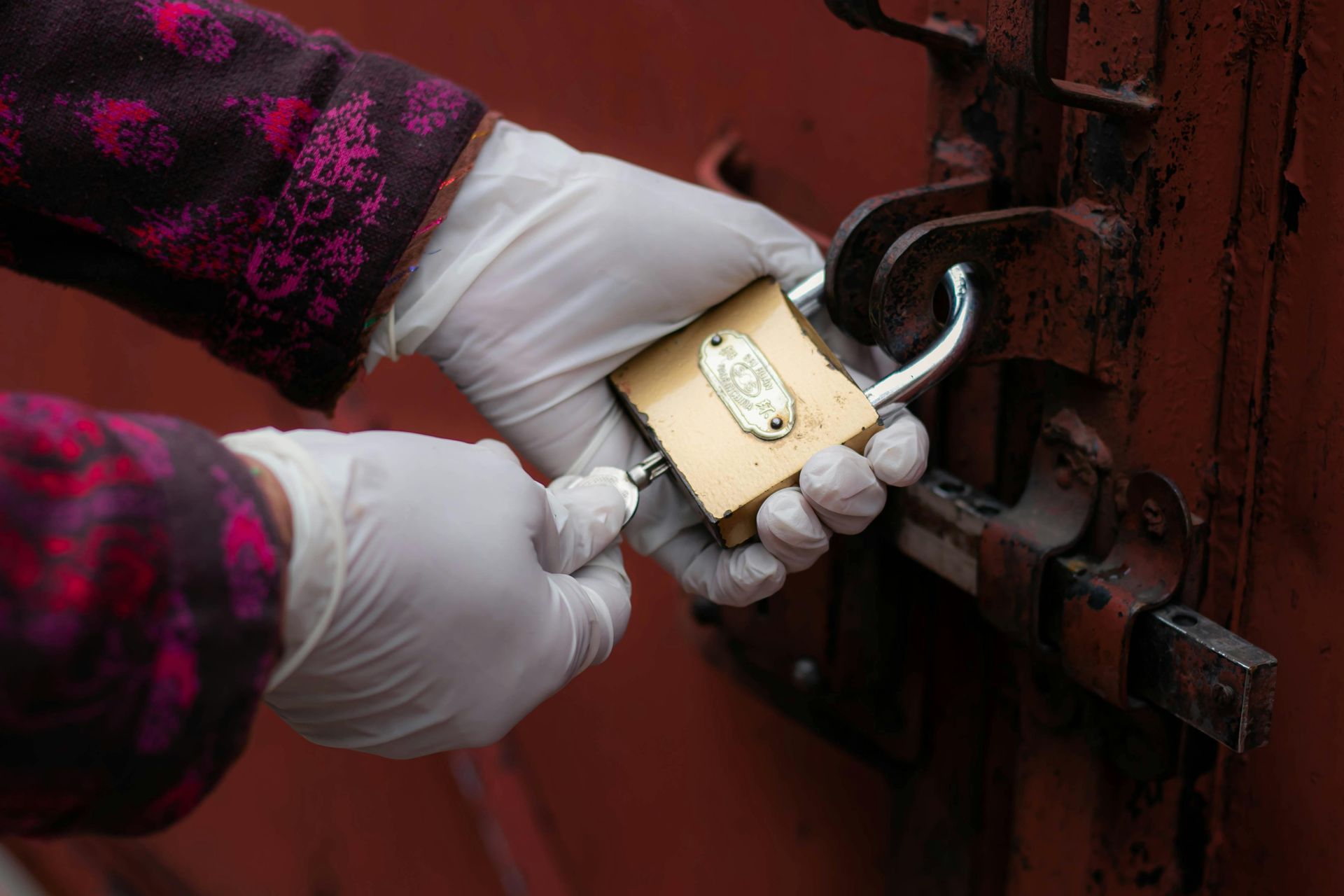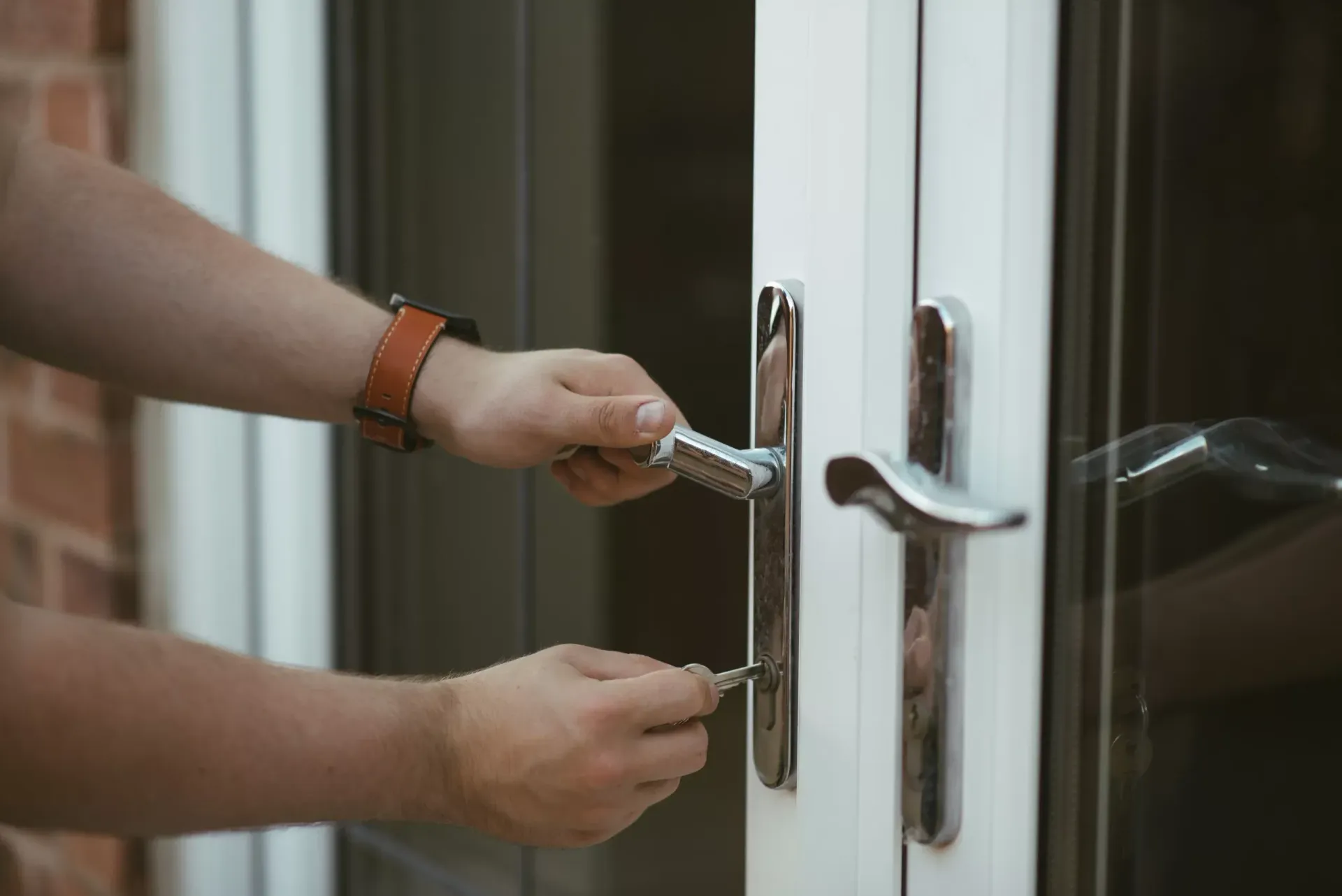Ultimate Guide: Changing Your UPVC Door Lock – Step-by-Step Instructions
Introduction:
Are you wondering how to upgrade or replace your UPVC door lock in London? Whether you’re considering a Euro lock change or simply enhancing your home security, this guide covers everything you need to know about UPVC door locks.
Why Change Your UPVC Door Lock?
UPVC doors, often constructed with versatile plastics, typically feature cylinder locks. The type of cylinder you choose plays a crucial role in your door’s security. Standard cylinders offer basic protection, but a high-grade BS3621 cylinder can significantly enhance security and may be favoured and in some cases required by insurance companies.
Understanding UPVC Door Components:
1. Multi-point Locking Mechanism: A strip along the door’s edge, containing bolts that extend into the frame.
2. Cylinder: Key-operated from outside, and sometimes inside, securing the door’s locking mechanism.
3. Handle Set: Operates the latch and locking mechanism on both sides of the door.
4. Hinges: Essential for door alignment and longevity.
Step-by-Step Guide to Changing a UPVC Door Lock:
1. Prepare the Door: Open it wide and insert the key.
2. Locate and Unscrew: Find the cylinder retaining screw on the door’s edge and unscrew it.
3. Remove the Cylinder: Gently twist and pull the key to slide out the cylinder. Use WD-40 if it’s stuck.
Conclusion:
Changing a UPVC door lock is a straightforward process. However, if you encounter any issues or prefer professional assistance, our locksmith services are just a call away. Enhance your home security with a reliable UPVC door lock upgrade today!
Certainly! Here’s a draft for a new page on the SMS Locksmith website, optimised to rank for the term “mobile locksmith near me”:




